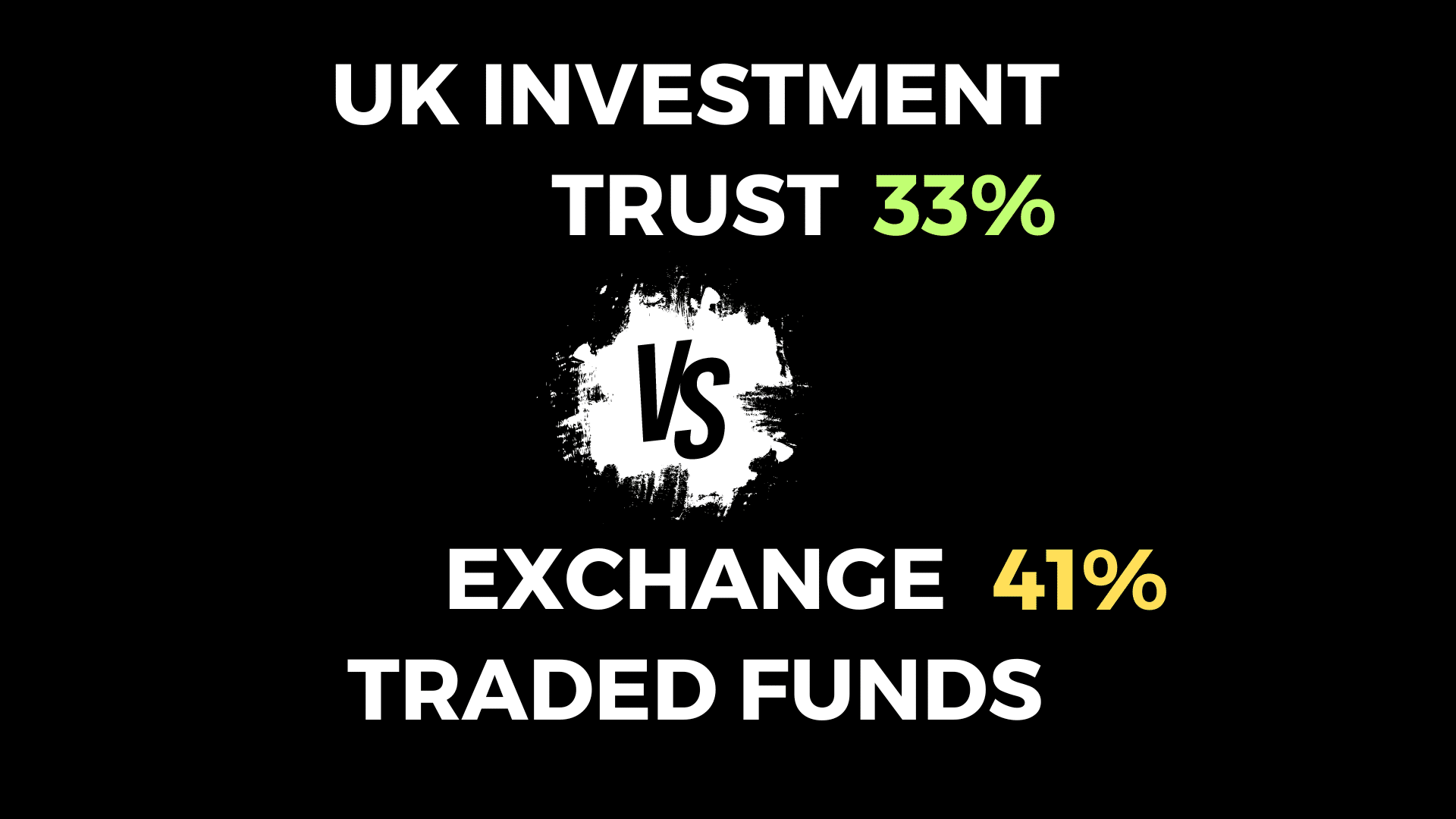In this blog post, we will guide you through some of the common questions you may have about Stamp Duty on property transfers in Ireland.
Stamp Duty is chargeable on instruments that transfer land and buildings situated in Ireland. This means it also includes situations where you receive a property as a gift.
What Are the Stamp Duty Rates in Ireland?
Residential Property:
- 1% on the first €1 million
- 2% on excess over €2 million
New homes are charged Stamp Duty on the cost of the house excluding VAT 13.5%. Therefore if you bought a new home that had a total cost inclusive of VAT of €300,000. The Stamp Duty would be equal to €2,643 (€300,000/1.135 * 1%).
Non-Residential Property:
The rate on the transfer of non-residential property is 7.5%.
Mixed Use Property:
For example, for a transfer including a shop with an apartment above it, you will split the consideration accordingly and pay the non-residential rate on the shop and the residential rate on the apartment.
Cumulative Purchase of 10 or more properties in one year:
A new rate of 10% applies to this category.
How does Stamp Duty work when the property is a gift?
The responsibility to pay Stamp Duty in this situation applies to both parties, the giver and the recipient. The stamp duty rates are applied to the Market Value of the property transferred as a gift.
What Property Transactions are Exempt From Stamp Duty in Ireland?
Transfers of property between spouses in a marriage/civil partners are exempt from Stamp Duty. This exemption will still apply in situations where there has been a separation.
Certain agricultural reliefs may be claimed when certain criteria are met. Here is a list of the relief schemes available.
- Consanguinity Relief
- Young Trained Farmer Relief
- Relief for Leases of Farm Land
How do you file a Stamp Duty return?
Taxable persons will be able to submit a Stamp Duty return on Revenue Online Services (ROS). Regular PAYE workers would not regularly use this service as it is designed for sole traders and companies.
However, in these cases if you do not already have access to ROS, the solicitor or practitioner who has worked with you on the signing over of the property can also submit the Stamp Duty return on your behalf.
Once the filing is submitted and paid a Stamp Duty certificate will be issued as proof the deed or instrument has been stamped by Revenue.
What is the deadline for filing A Stamp Duty Return?
Once you sign on the dotted line for your new property you have 44 days to file the Stamp Duty return with the Revenue Commissioner.
What is the payment deadline for Stamp Duty?
The payment of Stamp Duty forms part of the process of filing the return on Revenue Online Services (ROS). Therefore you have 44 days to pay Stamp Duty after the signing the over the property to your name.
What are the penalties for late filing of the Stamp Duty Return?
If you are late filing your Stamp Duty return the penalties are as follows:
- Between 44 and 92 days – 5% of unpaid Stamp Duty capped at €12,695.
- After 92 days – 10% of unpaid Stamp Duty capped at €63,485.
The rates penalties are very severe for late filing on large property transactions.
What are the penalties for late payment of the Stamp Duty liable?
The interest rate charged by the Revenue Commissioner on late payments is 0.0219% per day (approx 8% per annum).
Do Banks Allow You To Finance Stamp Duty as Part of your Mortgage in Ireland?
Generally, it would not be included in the borrowed amount but this can vary depending on your lender.
This blog post is for informational and educational purposes only and should not be construed as financial advice. Consult your financial advisor on any matters related to property tax.






